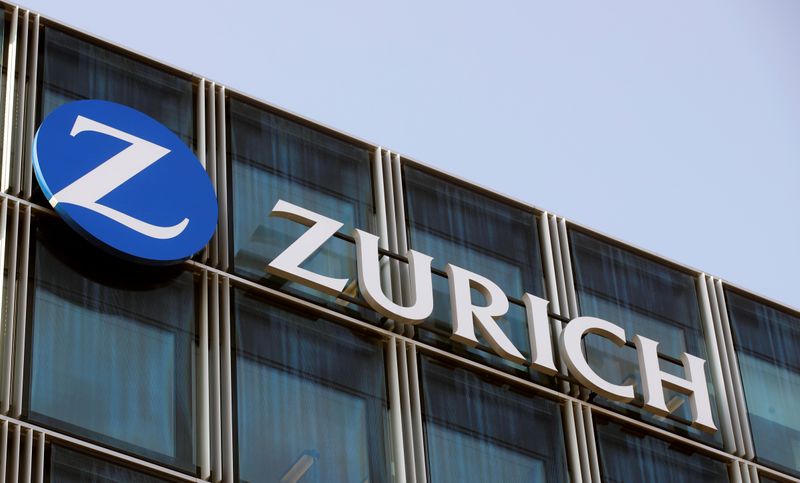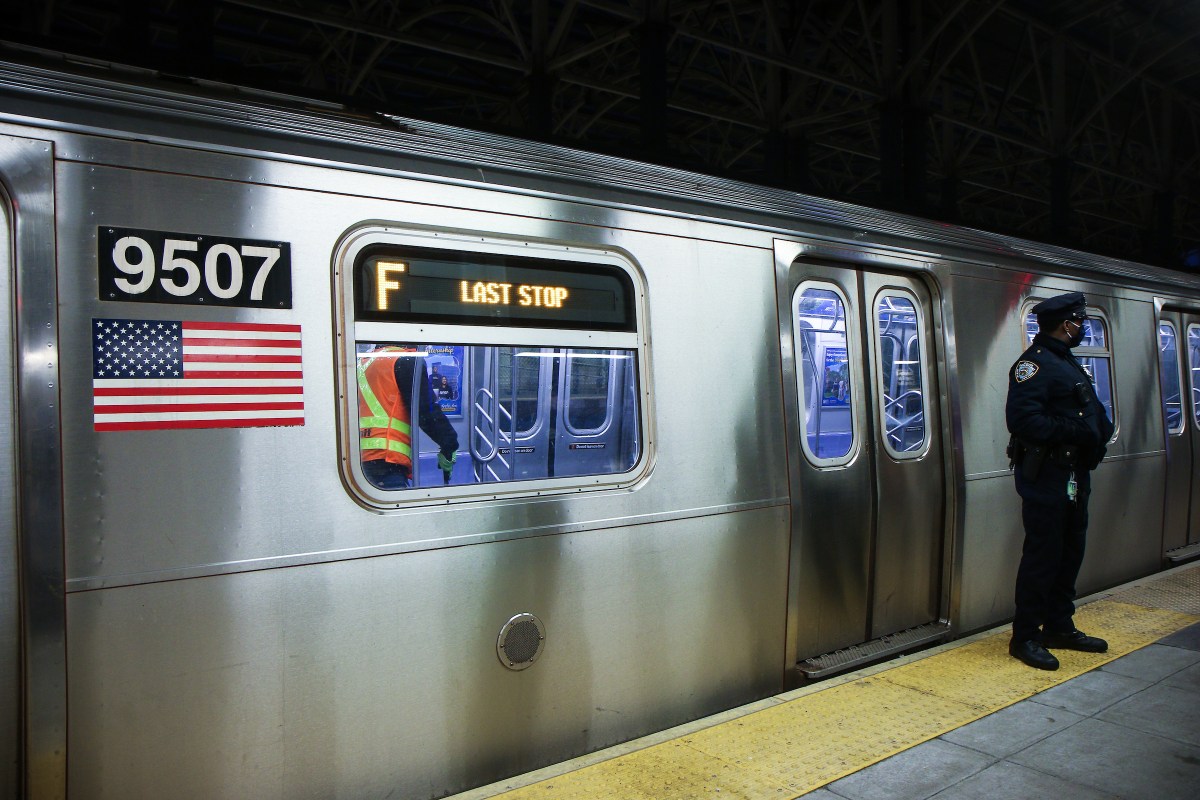ZURICH (Reuters) – Zurich Insurance plans to raise its dividend and said it is confident of hitting its 2022 targets after property and casualty (P&C) premiums rose 11% on a like-for-like basis in the first nine months of 2021.
“It is certainly our intention to grow the dividend but I can’t comment on precisely what will happen for this year,” Chief Financial Officer George Quinn told reporters on a call.
Europe’s fifth-largest insurer already returns 75% of what it makes to investors, he noted, playing down prospects of using its strong balance sheet to launch share buybacks as well.
“It is our preference to try and use that additional capital to actually support growth in new business which will eventually support growth in earnings which again will support growth in dividends. That’s the priority for us,” Quinn said.
Zurich’s shares fell 2% in early trading, with analysts saying its solid delivery was nothing to move the stock higher.
P&C premiums swelled to $31.15 billion in the first nine months, a gain in dollar terms of 14%.
These premiums continue to benefit from the improvement in the pricing environment and recent claims events were likely to extend the “hard” market, Quinn said in the results release that gave no profit figures.
Major flooding in Germany, a series of other weather events in Europe in July, and Hurricane Ida in the United States hit home in the third quarter. Quinn said Ida alone would deliver a $450 million hit, and the flood claims would amount to $150-200 million, as previously forecast.
Zurich was making money despite catastrophe losses which are 3 to 4 percentage points higher than the long-term average.
In the first nine months, its life insurance new business annual premium equivalent (APE) rose 5% on a like-for-like basis that adjusts for currency movements, acquisitions and disposals.
“We continue to see areas of COVID-related excess mortality within Life, but the overall strength of the business allows this to be absorbed without having a material impact on the segment’s financial results,” it said.
Its Swiss Solvency Test (SST) capital ratio was estimated at 203%, well above its target of at least 160%, as of Sept. 30.
(Reporting by Michael Shields; Editing by Emma Thomasson, Robert Birsel and Alexander Smith)






















